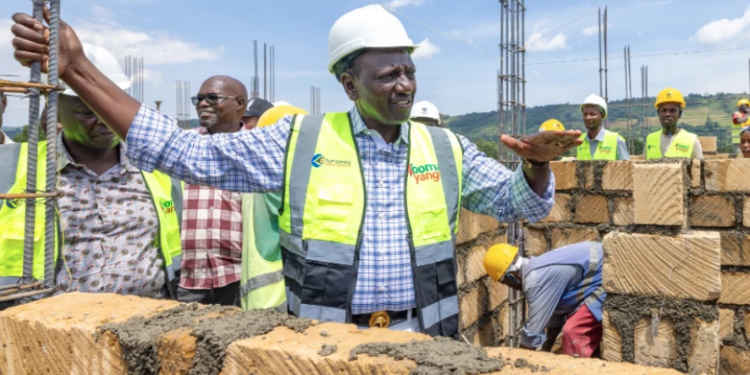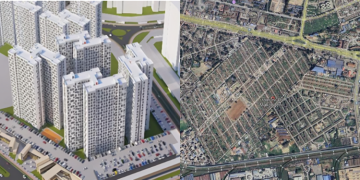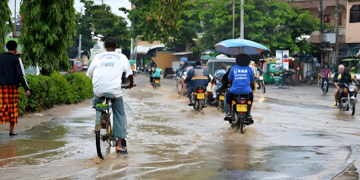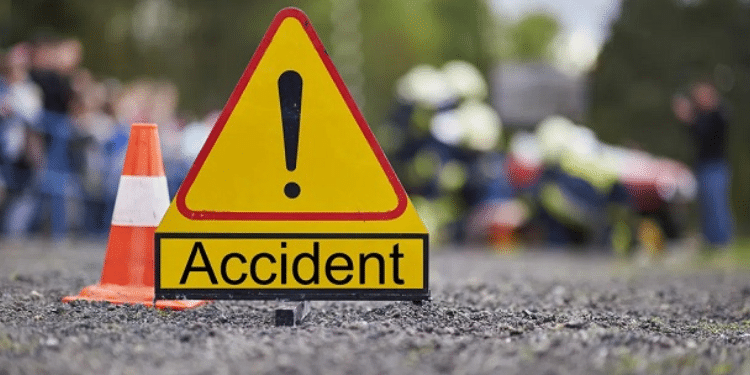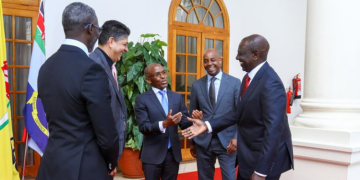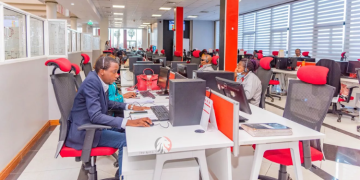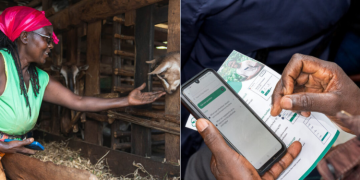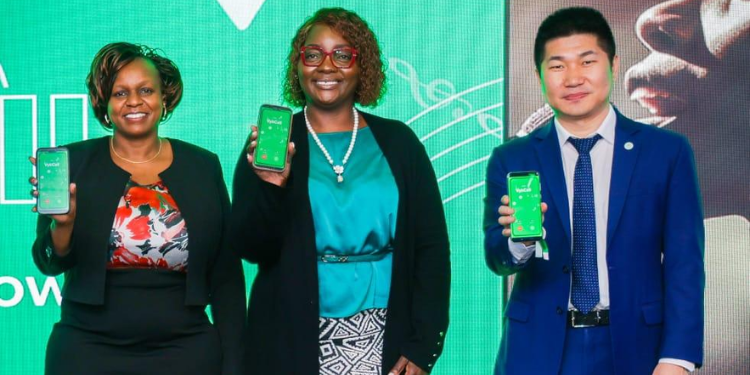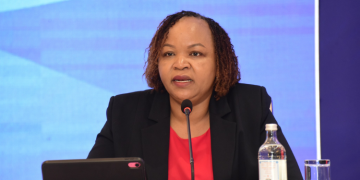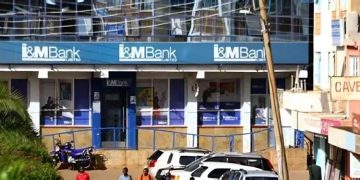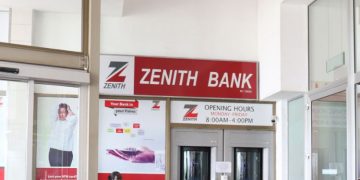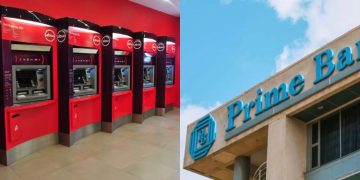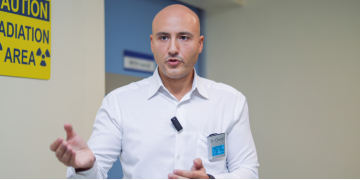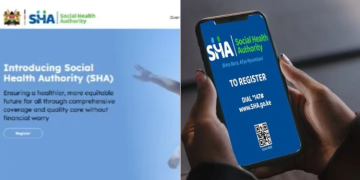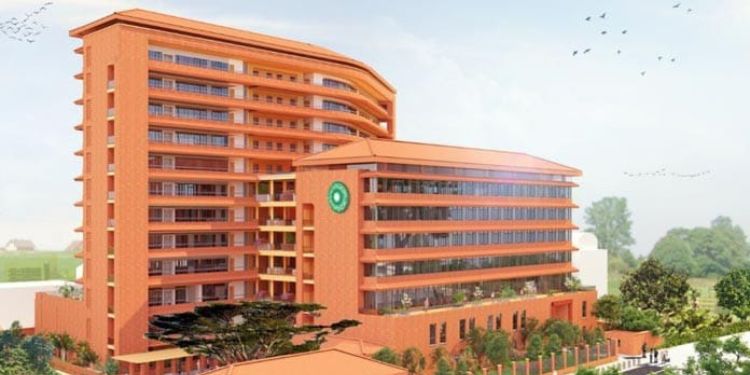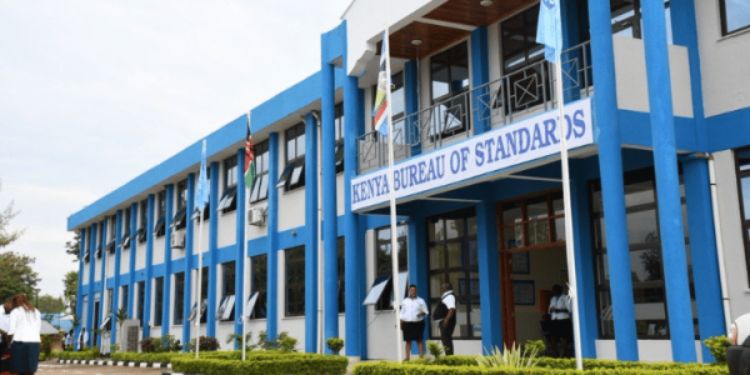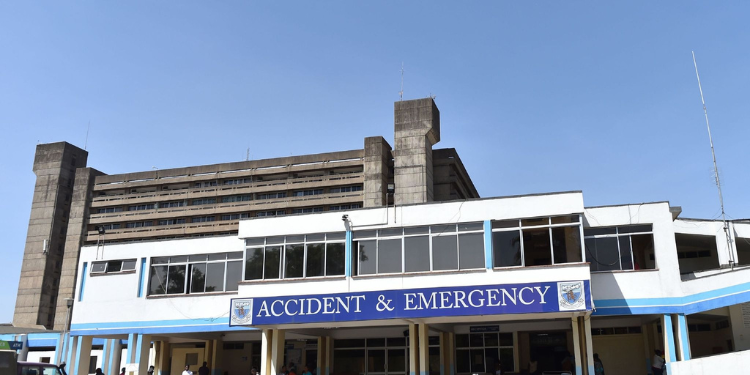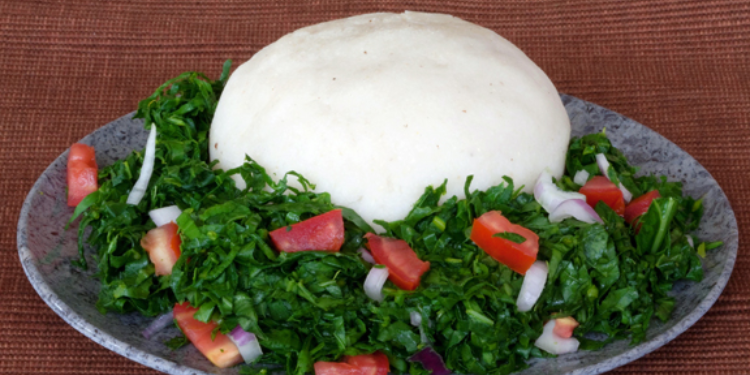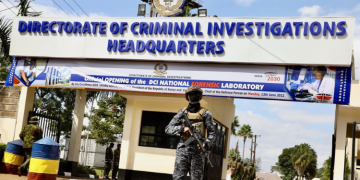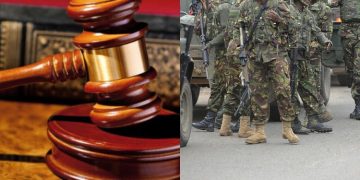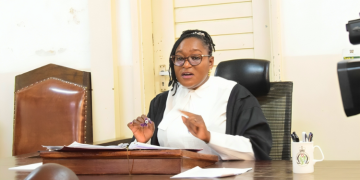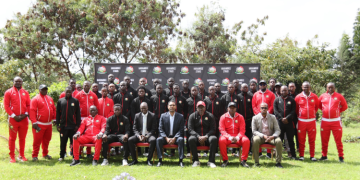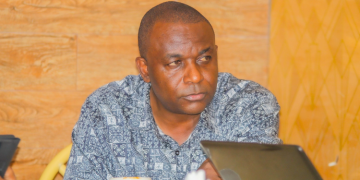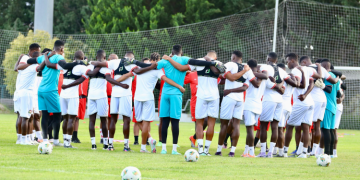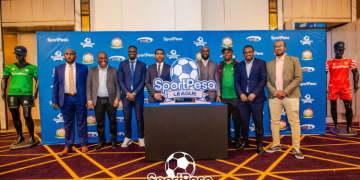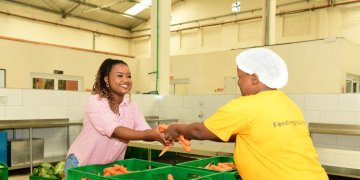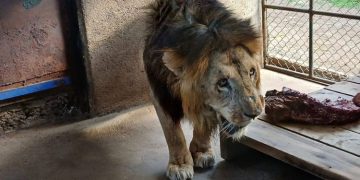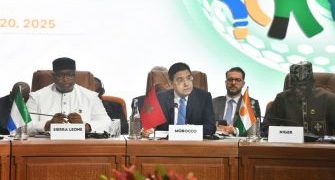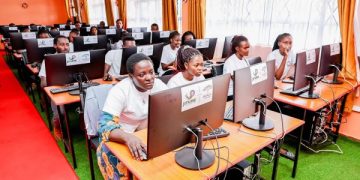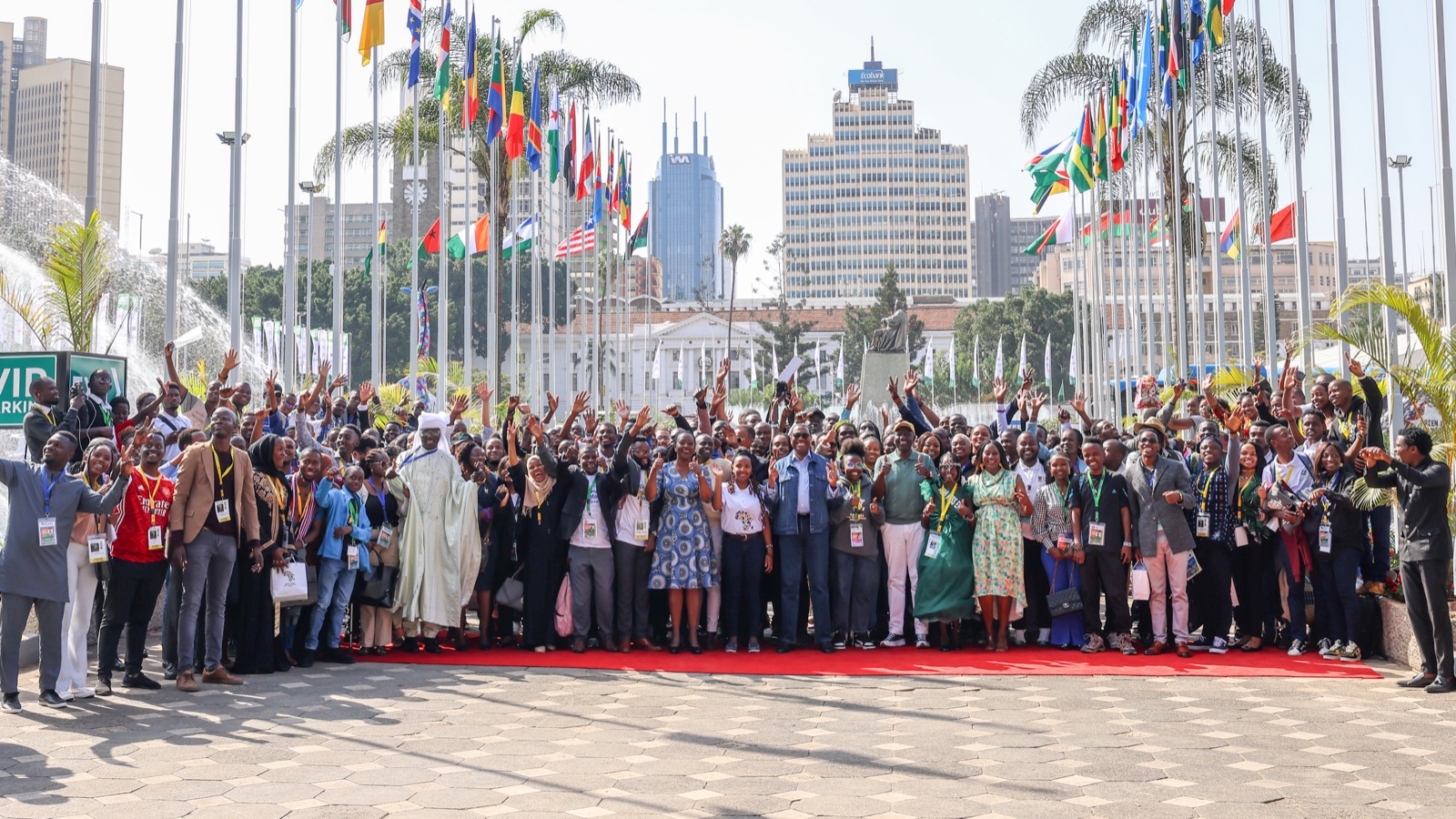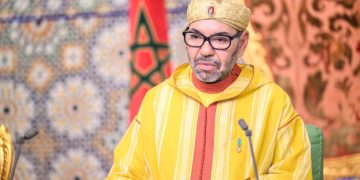Makadara Estate in Nairobi will become the first beneficiary of the urban regeneration initiative, following successful talks between the government and the local community that secured 139 acres of land at Makongeni Estate for the development of a modern estate.
The structured talks entailed a 14-stage consultation and implementation process that began in March 2024.
The Affordable Housing Board (AHB) had been tasked with engaging stakeholders, including the Kenya Railways Staff Retirement Benefits Scheme (KRSRBS), for an urban development project.
Crucial stages of the talks
To set the process in motion, AHB signed a land sale agreement with the KRSRBS. The signing paved the way for a series of engagements, including an inception meeting that brought together KRSRBS, legal teams, and enumerators.
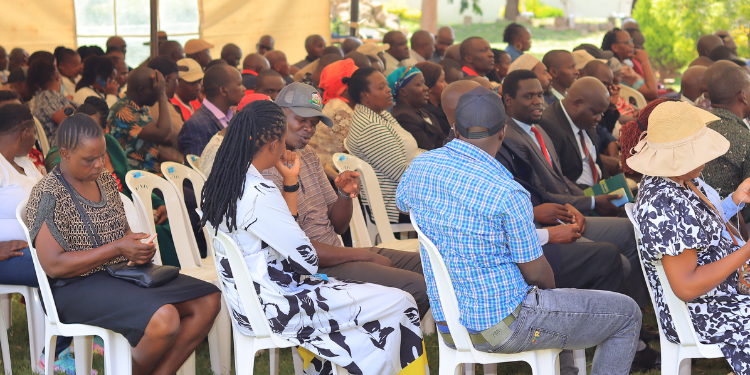
This meeting was followed by a desk review of the Enumeration Report by representatives of the KRSRBS, enumerators from Esada Insight, and the legal team.
In addition, the AHB facilitated further stakeholder meetings involving National Government Administration Officers (NGAO), political leaders, and the enumerators, and later a meeting with community leaders.
A public notice announcing a baraza was then published to ensure effective community sensitization. During the first baraza, which brought together NGAO, KRSRBS, political leaders, enumerators, and legal teams, the community was apprised of the verification, card issuance, and relocation processes.
After training, enumerators embarked on a rigorous exercise of verification and validation of data, and at the same time, handling and addressing grievances.
This exercise was overseen by NGAO, KRSRBS representatives, Esada Insight officers, and the Grievance Redress Committee.
Esada Insight, in collaboration with the KRSRBS, compiled validated data for Unique Identification Card (UIC) Printing & Mobile Money Ready confirmation.
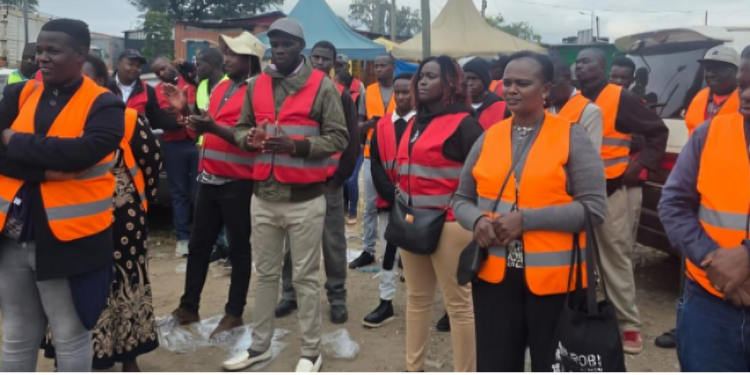
coordination to ensure a smooth field exercise.
Members handed Unique IDs
After a joint workshop with the community leaders and representatives, the final data and Makao Bora UIC design were presented to the joint steering committee for approval.
Verified members of the community were handed their Makao Bora Unique Identification Cards and consent forms to vacate.
At the culmination of the process, the government facilitated the disbursement of funds to beneficiaries, paving the way for the relocation of existing tenants.
As of November 22, the government had confirmed disbursements to 3,356 beneficiaries, with the remaining 245 expected to receive the funds on Saturday morning.
Speaking to the media, Marion Aloo, a beneficiary, expressed gratitude for the transparency in the process and hope of returning to a better estate upon completion of the project.
“We are grateful because we received the money. We are happy because even as we leave, we will not struggle out there,” Marion, who was born and brought up in Makongeni, said.
On her part, Sylvia Aloo, who was also born in Makongeni, thanked the government for planning the relocation during the December holidays, when children are not going to school. She highlighted the sorry state of most units in the estate, citing poor sanitation and broken toilets.

Makadara Urban Project
75 acres of the land will be used for mixed-density housing, including social housing, affordable units, and affordable market-rate homes, with another 12 acres allocated for commercial and mixed-use developments, such as retail spaces, offices, markets, co-working facilities, and light industry.
Eight (8) acres will host educational institutions, including early childhood centers, primary and secondary schools, and a vocational institute.
Also Read: Ruto’s Affordable Housing Program Earns Global Recognition
As per the Department, health and wellness facilities will cover five (5) acres, including a community health center, clinics, a pharmacy, and recreational fitness facilities, while green and recreational spaces will occupy 20 acres, featuring parks, sports fields, playgrounds, urban forests, and walking and cycling trails.
Four (4) acres will be used for social and civic amenities, including community halls, libraries, police posts, and social service offices, while 15 acres will be dedicated to infrastructure and utilities, covering roads, stormwater management systems, water and sewage treatment, solar energy installations, and transport hubs.
Also Read: Affordable Housing Push Creates 330,000 Jobs, Injects Ksh 11B into Jua Kali and Small Businesses
Preparation Process
The project is expected to create construction jobs and long-term employment through new businesses and services in the area.
It is designed to set a standard for future affordable housing and urban renewal initiatives in Africa and beyond.
Its comprehensive masterplan integrates residential, commercial, social, and utility infrastructure to create a sustainable, inclusive, and economically active urban environment.
Follow our WhatsApp Channel and X Account for real-time news updates.
